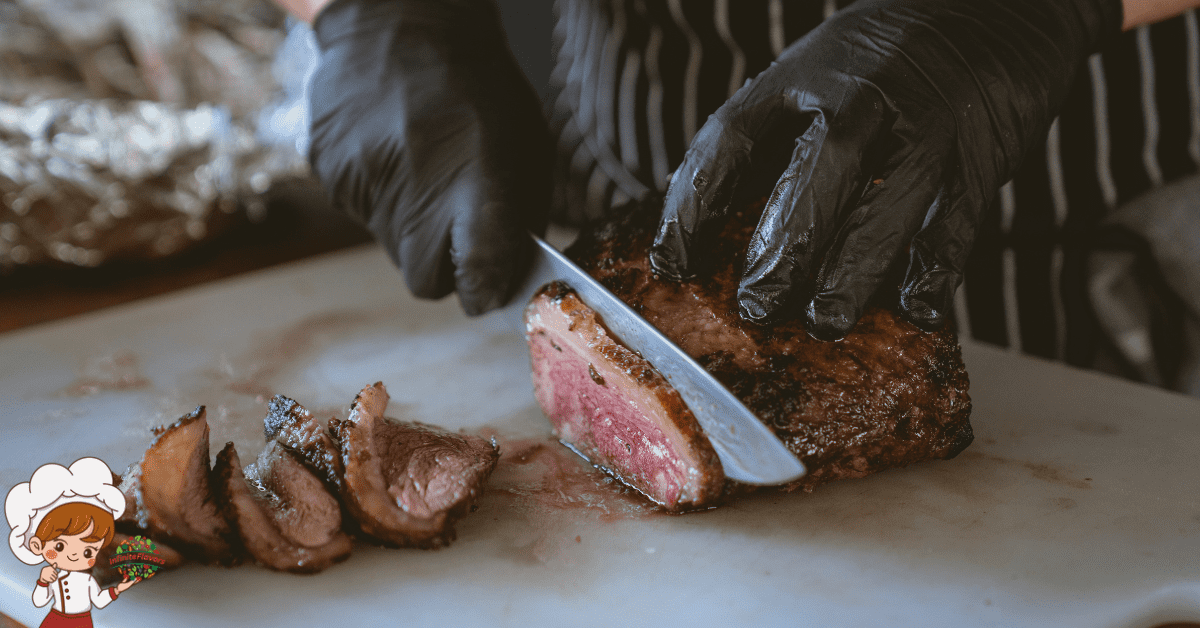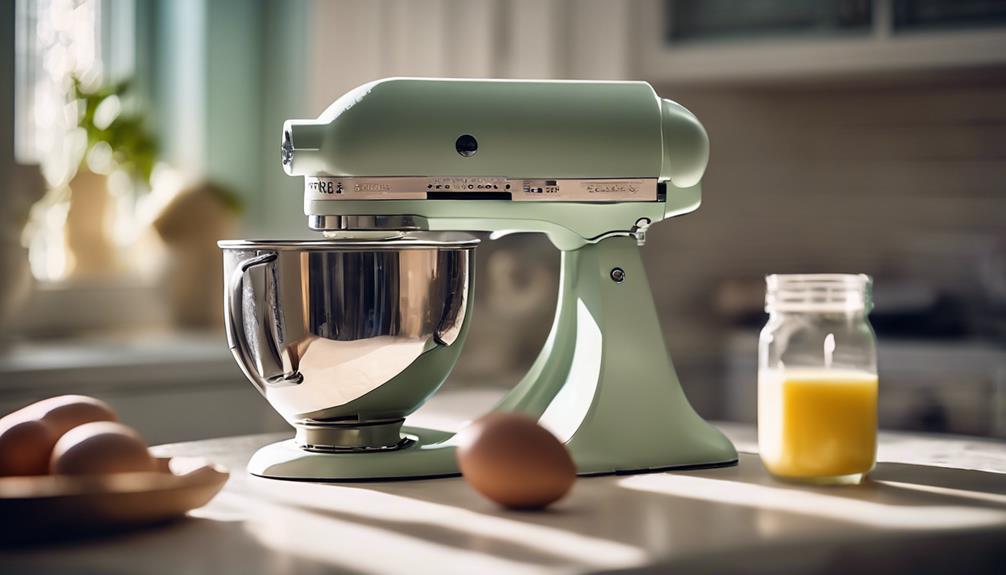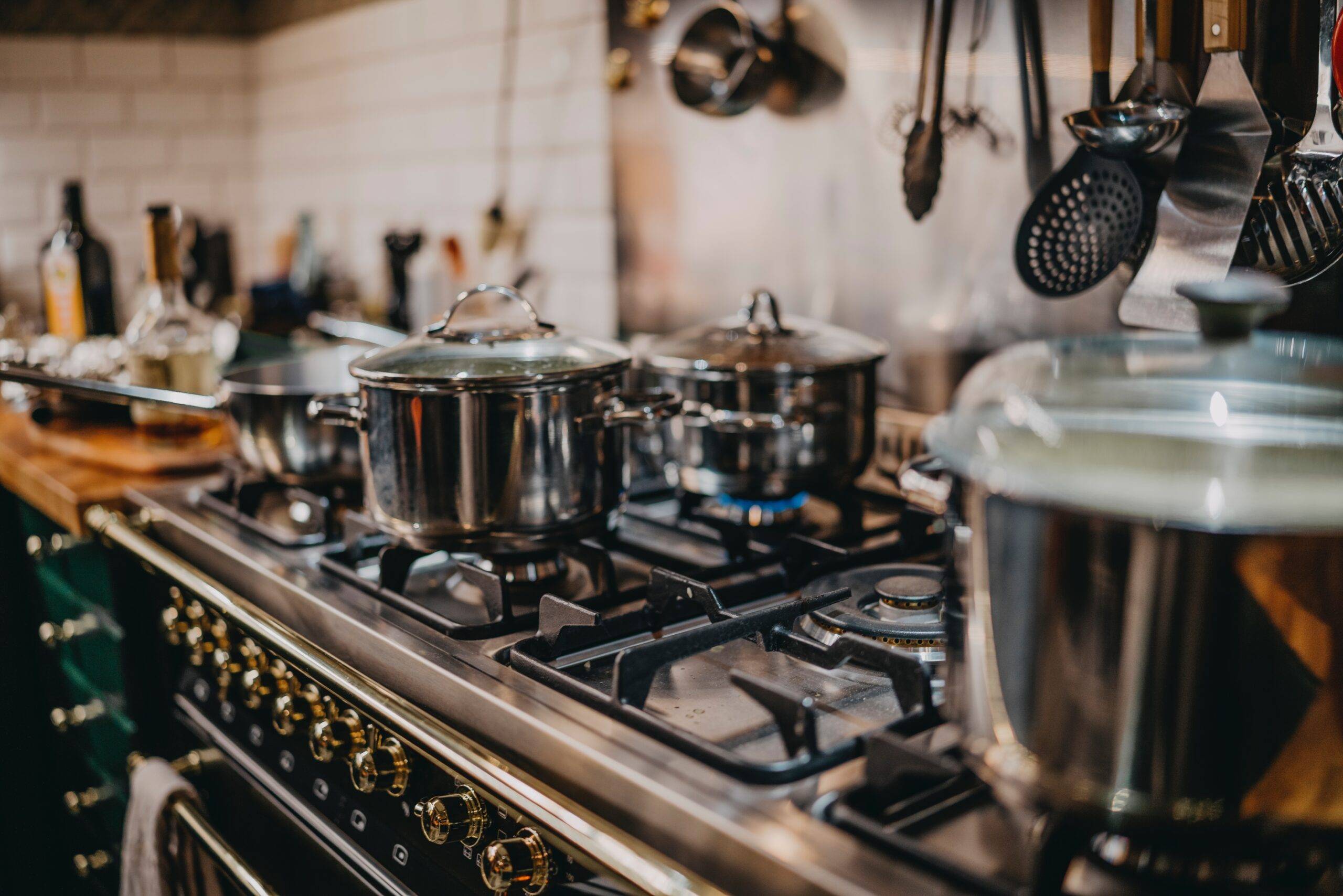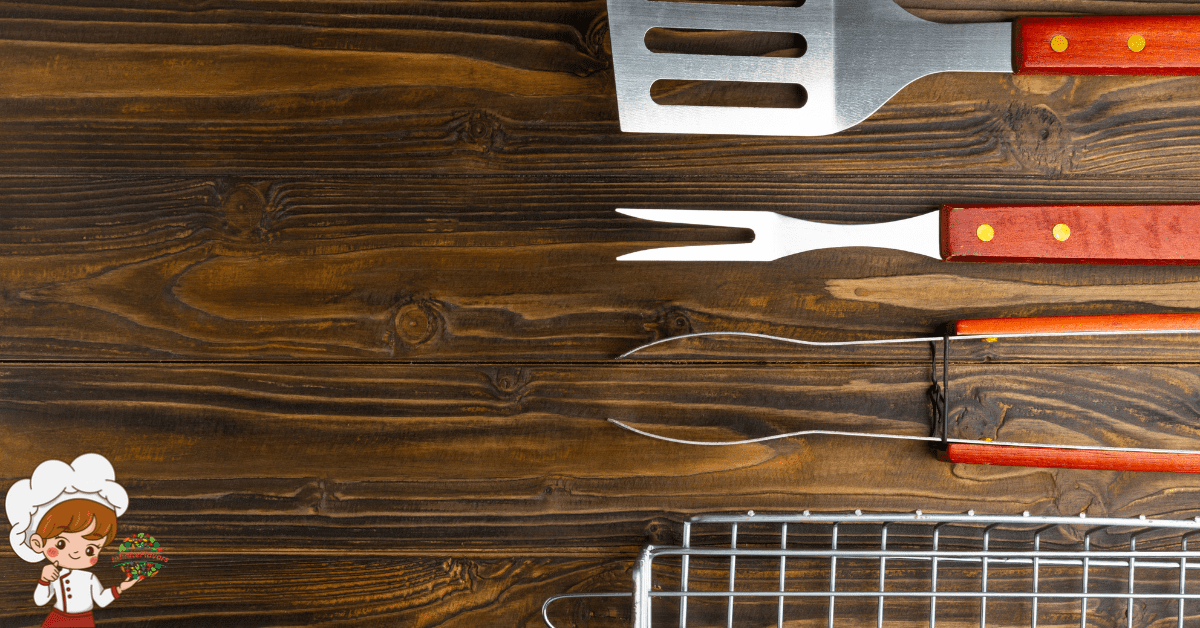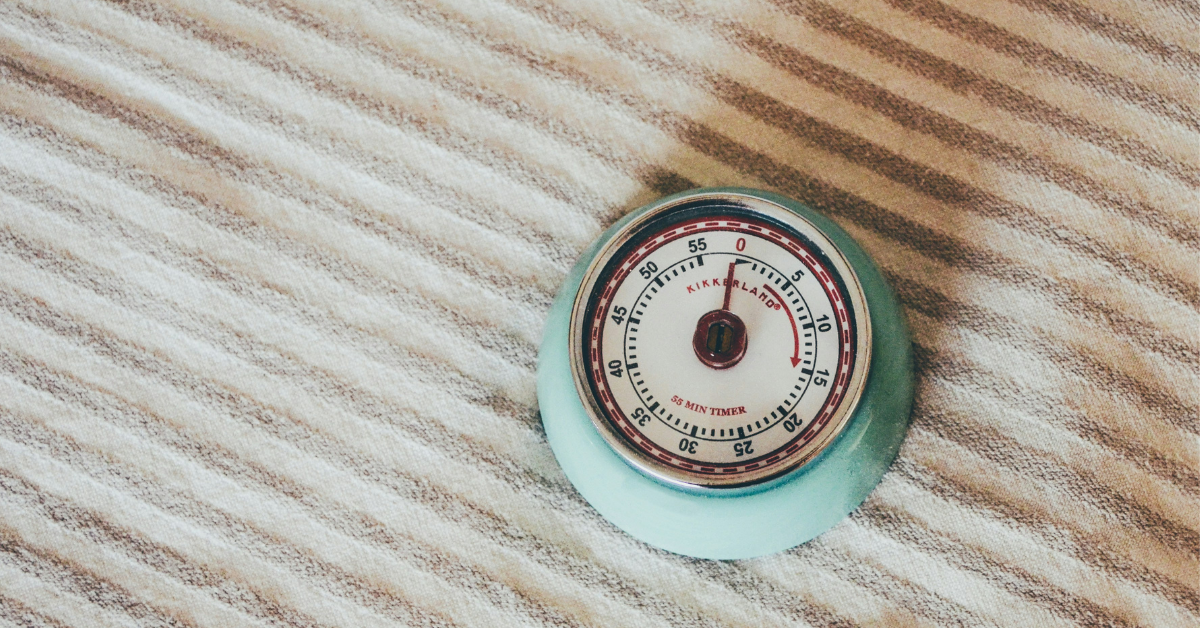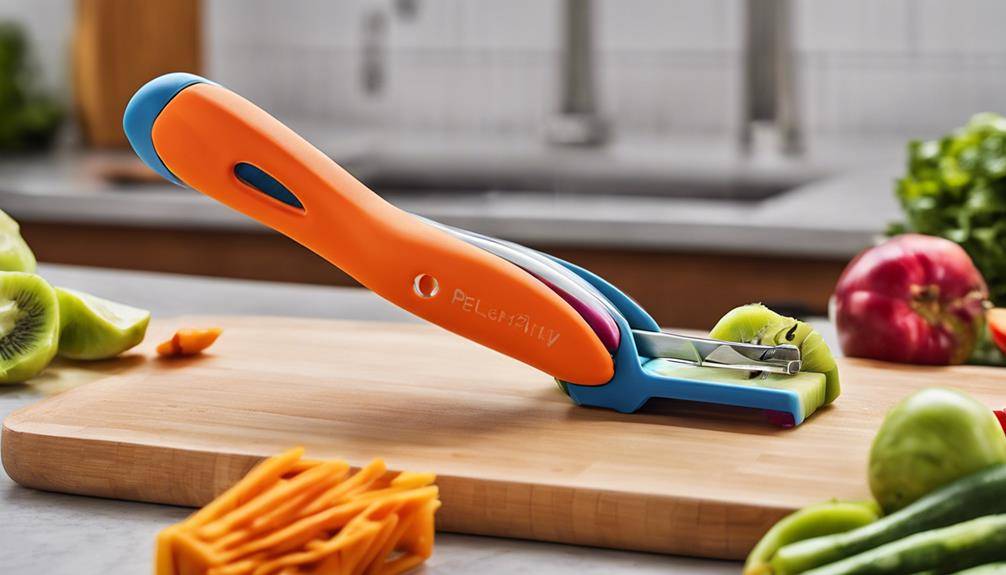The Best Heat-Resistant Strainers For Boiling

When you’re boiling food,Heat-Resistant Strainers For Boiling are a must-have for safety and efficiency. These strainers withstand high temperatures, letting you safely drain boiling water without worry. Look for materials like stainless steel or silicone for durability and flexibility. Sizes vary, so choose one that fits your needs—whether handling large pots of pasta or smaller batches. Regular care can prolong their lifespan, so clean them gently and store them properly. With the right strainer, you’ll enhance your cooking experience and improve your dishes. Stick around to discover the best strainers and tips for your culinary adventures!
Benefits of Heat-Resistant Strainers
When it comes to cooking, heat-resistant strainers offer several advantages that can enhance your kitchen experience. One significant benefit is cooking efficiency. These strainers can withstand high temperatures, allowing you to confidently pour boiling water over pasta or vegetables without worrying about melting or warping. This durability means you can focus on preparing delicious meals without frequent equipment replacements.
Another advantage is food safety. Using a heat-resistant strainer guarantees that your food doesn’t come into contact with harmful chemicals that may leach from lower-quality materials when exposed to heat. You can enjoy a peace of mind knowing that your ingredients remain uncontaminated, allowing you to serve healthy, safe meals to your family and guests.
Moreover, heat-resistant strainers are often designed for easy handling. Their sturdy construction makes them less likely to bend or break under pressure, which means you can strain liquids smoothly without the risk of spills or messes. This reliability not only saves time but also enhances your overall cooking experience.
In addition, the versatility of heat-resistant strainers can’t be overlooked. You can use them for various tasks, from draining pasta to rinsing fruits and vegetables, making them a valuable addition to your kitchen arsenal. By investing in a high-quality heat-resistant strainer, you’re not just improving your cooking efficiency but also guaranteeing that your food remains safe and delicious.
Key Features to Consider
When choosing a heat-resistant strainer, you’ll want to focus on material durability and how well it can withstand high temperatures. Size and capacity are also vital, as they affect how much you can strain at once. Knowing these key features will help you pick the right strainer for your needs.
Material Durability
Material durability is essential when selecting heat-resistant strainers, as it directly impacts performance and longevity. You want to guarantee that the materials used can withstand high temperatures without degrading or losing structural integrity. When evaluating strainers, look for those that have undergone rigorous material testing, which confirms their ability to resist heat and maintain functionality over time.
Common materials used for heat-resistant strainers include stainless steel and silicone. Stainless steel offers excellent heat resistance, making it ideal for boiling applications. However, some silicone options are also designed to endure high temperatures while providing flexibility.
Keep in mind that not all materials are created equal. Always check for certifications or manufacturer specifications that validate the strainers’ heat resistance. This will give you confidence in their performance during heavy use.
Additionally, consider the potential for chemical reactions with certain substances, as this could affect the material’s durability. By prioritizing durable materials, you’ll guarantee your strainers can handle the demands of boiling without compromising your cooking process. Investing in high-quality strainers now will save you from frequent replacements down the line.
Size and Capacity
Choosing the right size and capacity for heat-resistant strainers can greatly influence your cooking experience. When you’re boiling large batches of pasta or vegetables, you’ll want a strainer that can accommodate those needs without causing spills or overflows. Look into the strainer dimensions carefully; a wider strainer can make draining easier and quicker.
You’ll also want to evaluate the capacity options available. If you frequently cook for a crowd, a larger capacity strainer will save you time and effort. On the other hand, if you usually prepare smaller meals or side dishes, a compact strainer might be more practical for your kitchen space.
Keep in mind that a strainer that’s too small can lead to frustration, while one that’s excessively large might be cumbersome to handle. Aim for a balance that fits your typical cooking volume.
Types of Heat-Resistant Strainers
While you might think all strainers are the same, heat-resistant strainers come in various types, each designed to handle specific temperatures and applications. Understanding these options can help you choose the right one for your cooking needs.
First up are stainless steel strainers. These are incredibly durable and can withstand high temperatures, making them ideal for boiling pasta or blanching vegetables. They’re often designed with fine mesh to catch even the smallest bits, ensuring you get perfectly strained results without losing any food. Plus, they’re easy to clean and can be tossed in the dishwasher.
On the other hand, you might prefer silicone options. These strainers are flexible and can withstand heat, making them great for tasks like draining hot liquids from pots. Their non-stick surface makes for easy food release and cleaning. They’re also lightweight and can be collapsed for easy storage, making them a handy choice for smaller kitchens.
You’ll also find hybrid strainers that combine materials, offering the benefits of both stainless steel and silicone. These versatile strainers often feature a stainless steel frame for durability, while the silicone elements provide flexibility and heat resistance.
Top Recommendations for Strainers
When it comes to selecting the best strainers for your kitchen, you’ll find a variety of top options that cater to different cooking needs. First on the list is the classic stainless steel colander. Its durability and heat resistance make it perfect for draining pasta or rinsing vegetables. Look for one with ergonomic designs, such as comfortable handles, to make pouring easy and safe.
Next, consider silicone strainers, which are gaining popularity due to their flexibility and heat resistance. These strainers can easily fit over pots and pans, allowing you to drain liquids without transferring food. Their collapsible design is also a plus for storage, making them a great choice for smaller kitchens.
If you’re into multitasking, a mesh strainer with a fine mesh is essential. It’s perfect for tasks like rinsing grains or straining sauces. Opt for one with a sturdy handle and a design that allows for easy hanging, ensuring you can store it conveniently when not in use.
Lastly, don’t overlook the versatility of a splatter guard. While primarily used for frying, it can double as a strainer for boiling food. Choose one with an ergonomic design that allows you to handle it comfortably, even when it’s hot.
Ultimately, selecting the right strainer styles depends on your cooking habits. By choosing strainers that combine functionality with ergonomic designs, you’ll make food prep easier and more enjoyable.
Care and Maintenance Tips
Proper care and maintenance of your heat-resistant strainers will guarantee they last for years. Start by using appropriate cleaning techniques right after each use. Avoid abrasive scrubbers that can scratch the surface; instead, opt for a soft sponge and mild dish soap. Rinse thoroughly to prevent any residue buildup, which can affect future cooking. For stubborn stains or odors, soak your strainer in a mixture of vinegar and water for about 30 minutes before rinsing.
When it comes to drying, make certain to air-dry your strainers completely to avoid any moisture that could lead to mold or rust. If your strainers have any metal components, make certain they’re thoroughly dried before storing them, as moisture can compromise their integrity.
Speaking of storage solutions, store your strainers in a dry, cool place away from direct sunlight. If you have multiple strainers, consider nesting them to save space, but be cautious to avoid scratching one against the other. You might also use a drawer organizer or a hanging rack to keep them accessible yet protected.
Regularly inspect your strainers for any signs of wear and tear, like frayed edges or cracks. If you notice any damage, it’s best to replace them to make certain safety while cooking. By following these care and maintenance tips, you’ll keep your heat-resistant strainers in prime condition, ready for your next culinary adventure.
Cooking Tips Using Strainers
Using strainers in your cooking can elevate your dishes by guaranteeing the perfect texture and eliminating unwanted elements. Mastering some effective strainer techniques can make a significant difference in your culinary experience. For instance, when boiling pasta, always use a heat-resistant strainer to prevent burns. Pour the pot’s contents directly into the strainer, holding it over the sink. This not only drains the water but also leaves you with perfectly cooked pasta.
When working with vegetables, consider blanching them first. Boil your veggies briefly, then use a strainer to remove them quickly from the hot water. This method preserves their vibrant colors and nutrients. It’s a great way to prepare vegetables for freezing or adding to salads.
Another useful tip is to use a fine-mesh strainer for sauces and gravies. After simmering, pour your sauce through the strainer to catch any lumps or impurities. This guarantees a smooth and velvety consistency that enhances your dish.
For boiling tips, remember to salt the water. This adds flavor to your pasta or vegetables, and the strainer will help retain any excess salt after draining.
Lastly, don’t overlook the power of a strainer when rinsing grains like quinoa or rice. It prevents the tiny grains from slipping through the holes, allowing you to wash them thoroughly before cooking. By applying these simple strainer techniques, you’ll boost the quality of your meals with ease.
Heat-Resistant Strainers For Boiling; Frequently Asked Questions
Can Heat-Resistant Strainers Be Used in the Microwave?
You should check the manufacturer’s guidelines for microwave safety. If the strainers’ materials are durable enough to withstand microwave heat, they can be used. Always prioritize safety to prevent melting or releasing harmful substances.
Are There Any Bpa-Free Options Available?
Yes, you’ve got BPA-free options available. Many manufacturers offer strainers made from eco-friendly materials, ensuring you can enjoy safe cooking without harmful chemicals. Look for products specifically labeled as BPA-free for your peace of mind.
How Do I Choose the Right Size for My Pot?
When choosing the right size for your pot, consider the strainer capacity and pot compatibility. Ascertain the strainer fits snugly in your pot’s opening, allowing for efficient draining without spilling. Measure carefully!
Can I Use Metal Strainers With Acidic Foods?
You can use metal strainers with acidic foods, but be cautious. Some metals might react with acids, leading to undesirable flavors or toxicity. Always check the strainer’s material to verify it’s safe for acidic reactions.
Are Heat-Resistant Strainers Dishwasher Safe?
Yes, many heat-resistant strainers are dishwasher safe. To guarantee material durability, check the manufacturer’s guidelines. Regular strainers maintenance, like avoiding abrasive cleaners, will help keep your strainer in great condition for longer use.
Conclusion
Incorporating heat-resistant strainers into your cooking routine can make a world of difference. With their durability and effectiveness, you’ll find meal prep easier and more efficient. Remember to choose the right type for your needs and follow care tips for longevity. By mastering the use of strainers, you’ll enhance your cooking techniques and enjoy delicious results every time. So go ahead, elevate your culinary game with the perfect heat-resistant strainer!



